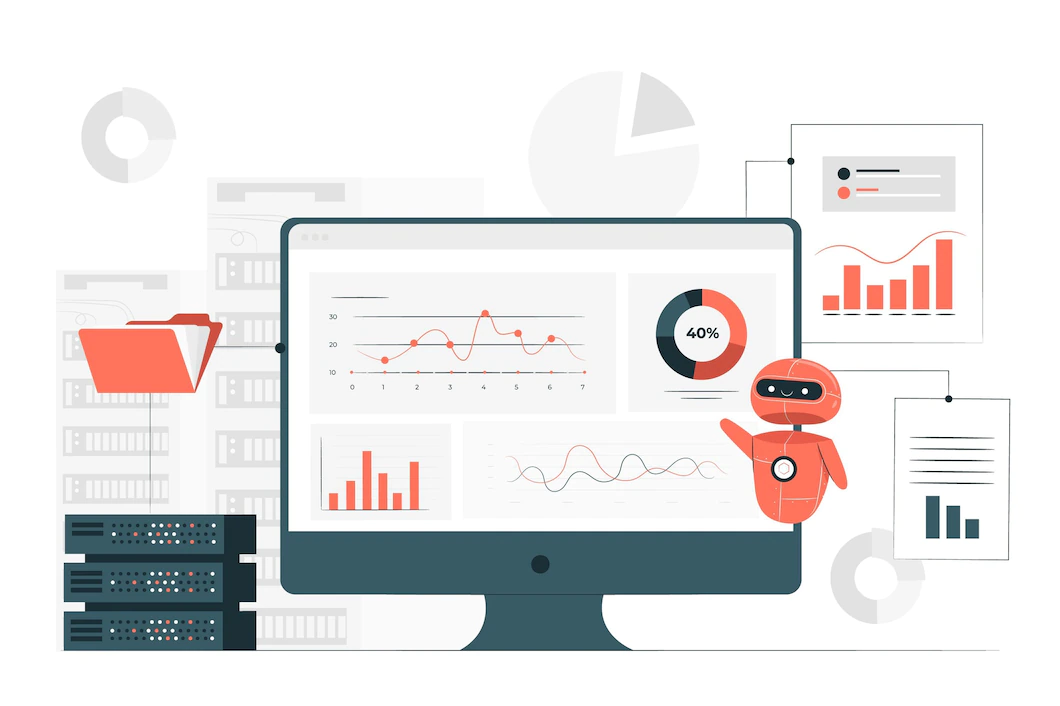Verdon Taylor, a Florida resident, seemed to be a magnet for fire disasters. Combustion accidents repeatedly befell his cars, belongings and mobile homes. This phenomenon seemed to rub off on his friends and family too. When his case was finally brought to court, it was revealed that he and his partners had collected nearly $1 million from 17 insurance companies over the course of 16 years for claims involving 33 fires.
What can insurance companies do to prevent such cases from slipping under the radar and plug revenue leakage through fraudulent claims? The answer lies in Insurance Analytics.
Insurance Analytics is one of many ways businesses can use data analysis to boost their productivity and cut costs. Companies across various sectors have unleashed the power of this data using automotive systems, healthcare wearables, fitness trackers, smart home assistants and other IoT devices. These have become game changers for the business in a number of ways.
Here are five critical ways to increase value using insurance analytics:
Creating Products driven by Customer Behavior
Gaining and retaining customers is one of the biggest challenges for a business. This is especially true in the insurance industry, where technology, customer demands, and regulations are constantly changing.
Insurance companies have access to a lot of data on customer behavior and outcomes. However, most of them don't use this information effectively to drive new products or improve existing ones with the potential to drive value for both the customer and the company.
Here are five ways insurance companies can use analytics to create better products:
- Using customer behavior data to identify opportunities for improved underwriting
- Using claims data for more effective policy design and pricing
- Using behavioral insights from telematics devices to identify emerging risks
- Using social media data to identify new risks and trends in your market segment
- Offering customized policies based on individual preferences
The insights gained from such data aid in the development of customer-centric products and the personalization of customer communication.
Improving Risk Management

Data is an insurance underwriter's most valuable asset. Underwriters, in the past, had to calculate risks using rigid guidelines backed by their intuition. This would produce linear data, while modern predictive analytics provided cognitive insights.
For instance, intelligent data collected from sources such as car systems can provide an underwriter with a more detailed picture of a customer's risk profile for auto insurance. If the data indicates that the customer is driving poorly, the system will predict a higher premium for the customer. Prediction is a component of risk management. Underwriters can use advanced analytics to spot red flags and identify broader trends leading to more relevant risk insights.
Using Insights for Target Marketing
Data collection tools are now available at every point of the client’s experience. These data tools further segregate a huge volume of data to identify trends in consumer behavior. Patterns can help you target different segments with appropriate marketing strategies and communication. The insights from CRM and other modern data analytics tools can be used to create personalized messages that effectively speak to customers and convert or retain them. Advanced data analysis, for example, can help identify customers likely to cancel their policy.
Enhancing Customer Experience

Customer expectations have changed as technology has advanced. They anticipate quick responses, personalized recommendations and consistency across channels. AI and Machine Learning can help insurers meet these objectives. The increasing effectiveness of chatbots in customer interactions is one such instance. Continuous data learning enables bots to provide relevant information to users, whether it is policy comparison, product recommendation, process information, or product quotes.
Claim settlement is another area where analytics tools can enhance the customer experience. Previously, in the event of a car accident, an insurer would take at least 4 to 5 days to assess the damage and settle the claims. Automation tools now use AI to process images of damaged cars and determine whether they can be repaired. They further compare the image to historical data and provide an instant cost and time estimate. This gives customers a smooth and quick experience.
Reducing Insurance Frauds
According to the Coalition Against Insurance Fraud, fraudulent claims cost the insurance industry $308.6 billion annually in the United States alone. Manually scanning for fraud is a herculean task that might result in fraudulent claims slipping through the cracks. Automated tools can be used to search on social media and other online platforms for suspicious activities and flag them for further investigation. This not only saves the company time and resources, but also saves the insurer money, resulting in lower premiums for customers.
Looking at these benefits of insurance analytics, it is not surprising that 80% of insurance companies claim that using information and analytics had a positive impact on their business.
Unleash the Power of Data with Exdion

According to Willis Towers Watson, 60% of insurers report that the additional insights provided by predictive analytics have increased their sales and profitability. It is imperative for insurers to employ superior technology tools to harness the power of analytics.
Exdion's Comprehensive Digital Suite for the insurance industry enables clients to navigate their business challenges by utilizing both new and existing technologies. We use Artificial Intelligence (AI), Machine Learning (ML), Natural Language Processing (NLP), and other methods to provide our clients with sharp insights, eventually leading to better business decisions. Our approach helps streamline processes, leading to greater accuracy and efficiency of policy documents.
Get in touch with us and drive greater value for your insurance business using insurance analytics.
